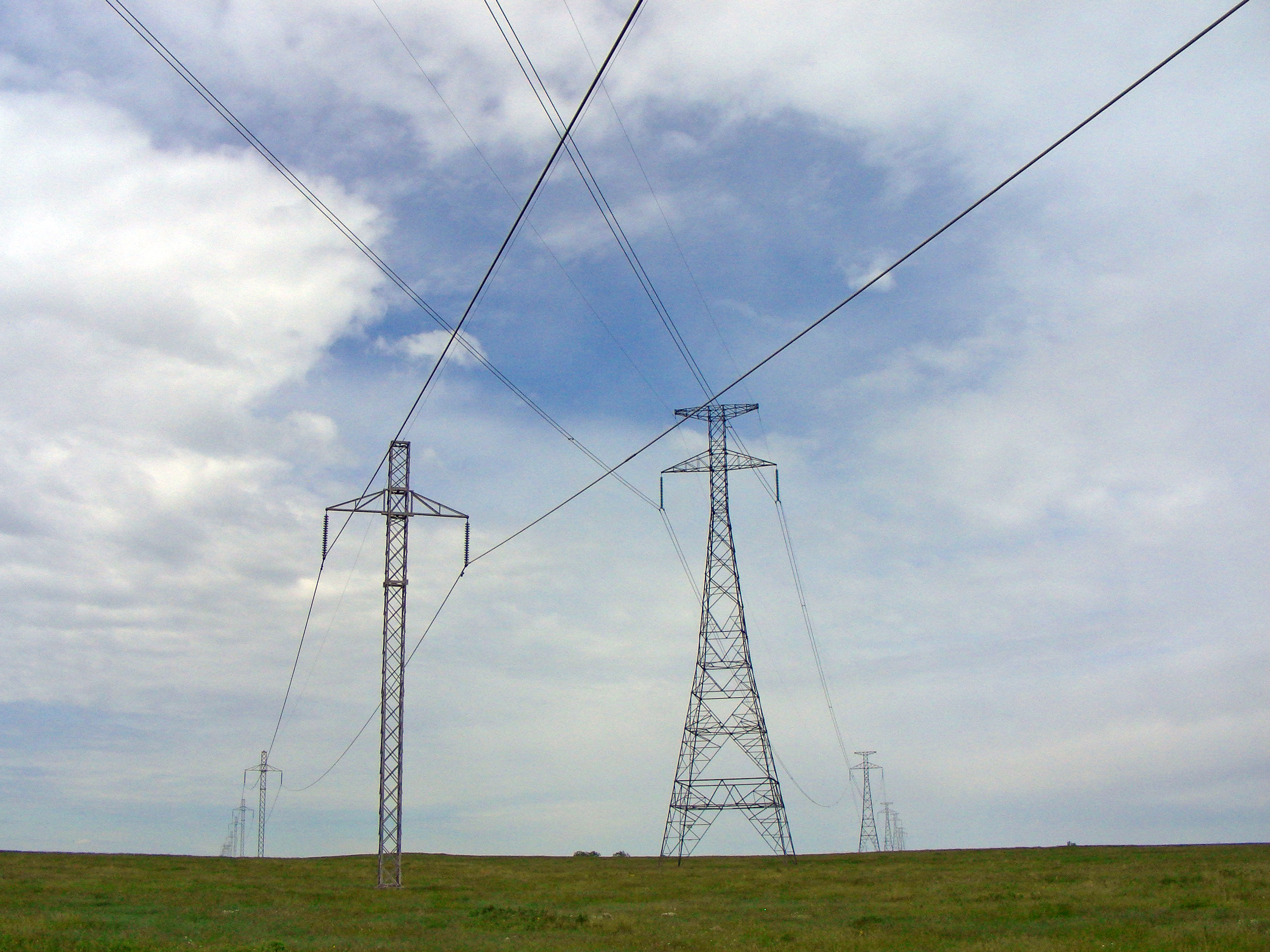CU (Powerline) on:
[Wikipedia]
[Google]
[Amazon]
CU is the designation of a line for

high-voltage direct current
A high-voltage direct current (HVDC) electric power transmission system (also called a power superhighway or an electrical superhighway) uses direct current (DC) for electric power transmission, in contrast with the more common alternating curre ...
(HVDC) transmission between the Coal Creek Station
Coal Creek Station is the largest power plant in the U.S. state of North Dakota. Located near the Missouri River between Underwood, North Dakota, and Washburn, North Dakota, it burns lignite. Its two generators are each rated at 605 megawatts (U ...
power plant south of Underwood, North Dakota
Underwood is a city in McLean County, North Dakota, United States. The population was 784 at the 2020 census.
History
Underwood was founded along a Soo Line Railroad line between Bismarck and Max in 1903 and named after Fred D. Underwood, vi ...
at and the Dickinson converter station near Buffalo, Minnesota
Buffalo is a city in the U.S. state of Minnesota and the county seat of Wright County. It is within the Minneapolis–Saint Paul metropolitan area, located about 42 miles northwest of Minneapolis on Buffalo Lake. The population of Buffalo was ...
at .
The designation most likely refers to two Minnesota-based power generation/transmission cooperatives that originally partnered to build the Coal Creek plant and associated line - Cooperative Power Association and United Power Association, which later merged to become Great River Energy
Great River Energy is an electric transmission and generation cooperative in the U.S. state of Minnesota; it is the state's second largest electric utility, based on generating capacity, and the fifth largest generation and transmission cooperativ ...
. Great River Energy recently announced that the mine-mouth plant that supplies this line, Coal Creek Station, will be decommissioned in 2022, unless another entity steps up to acquire (and continue operating) the plant, leaving the future of this line in doubt.
The CU project controversy
The CU project controversy involved years of protest against a proposed high-voltage direct current powerline that was erected on the property of hundreds of farmers in west central Minnesota in the late 1970s. The electrical cooperatives Cooper ...
in 1978 and 1979 was a result of protests by farm landowners in the path of the CU line right of way.
The CU line, which went in service in 1978, can transfer an electrical power of 1,000 megawatts
The watt (symbol: W) is the unit of power or radiant flux in the International System of Units (SI), equal to 1 joule per second or 1 kg⋅m2⋅s−3. It is used to quantify the rate of energy transfer. The watt is named after James Watt ...
at a symmetrical transmission voltage of 400 kV. An overhead line connection 436 miles (710 kilometers) long is used, with two conductors per pole. Thyristor
A thyristor () is a solid-state semiconductor device with four layers of alternating P- and N-type materials used for high-power applications. It acts exclusively as a bistable switch (or a latch), conducting when the gate receives a current ...
static inverter
An HVDC converter station (or simply converter station) is a specialised type of substation which forms the terminal equipment for a high-voltage direct current (HVDC) transmission line.Arrillaga, Jos; High Voltage Direct Current Transmission, se ...
s are used.https://web.archive.org/web/20050526185217/http://www.transmission.bpa.gov/cigresc14/Compendium/CU.htm CU project description, retrieved 2010 June 8
Crossing of HVDC powerlines
Southeast ofWing, North Dakota
Wing is a rural town, small town in Burleigh County, North Dakota, Burleigh County, North Dakota, United States. It is part of the "Bismarck, North Dakota, Bismarck, North Dakota, ND Metropolitan Statistical Area" or "Bismarck-Mandan". The popula ...
, at CU crosses Square Butte, another HVDC powerline. This is the only crossing point of two HVDC overhead powerlines in the Western hemisphere.

Electrodes
The ground return electrode line at Coal Creek Station uses the towers of the AC line between and as support before it ends at . The electrode line at Dickinson converter plant runs on the towers of the main line until a tower at . From this tower it runs on a line on 4 poles until its endpoint situated at .References
{{Reflist Energy infrastructure completed in 1979 Electric power transmission systems in the United States Energy infrastructure in North Dakota Energy infrastructure in Minnesota HVDC transmission lines 1979 establishments in Minnesota 1979 establishments in North Dakota